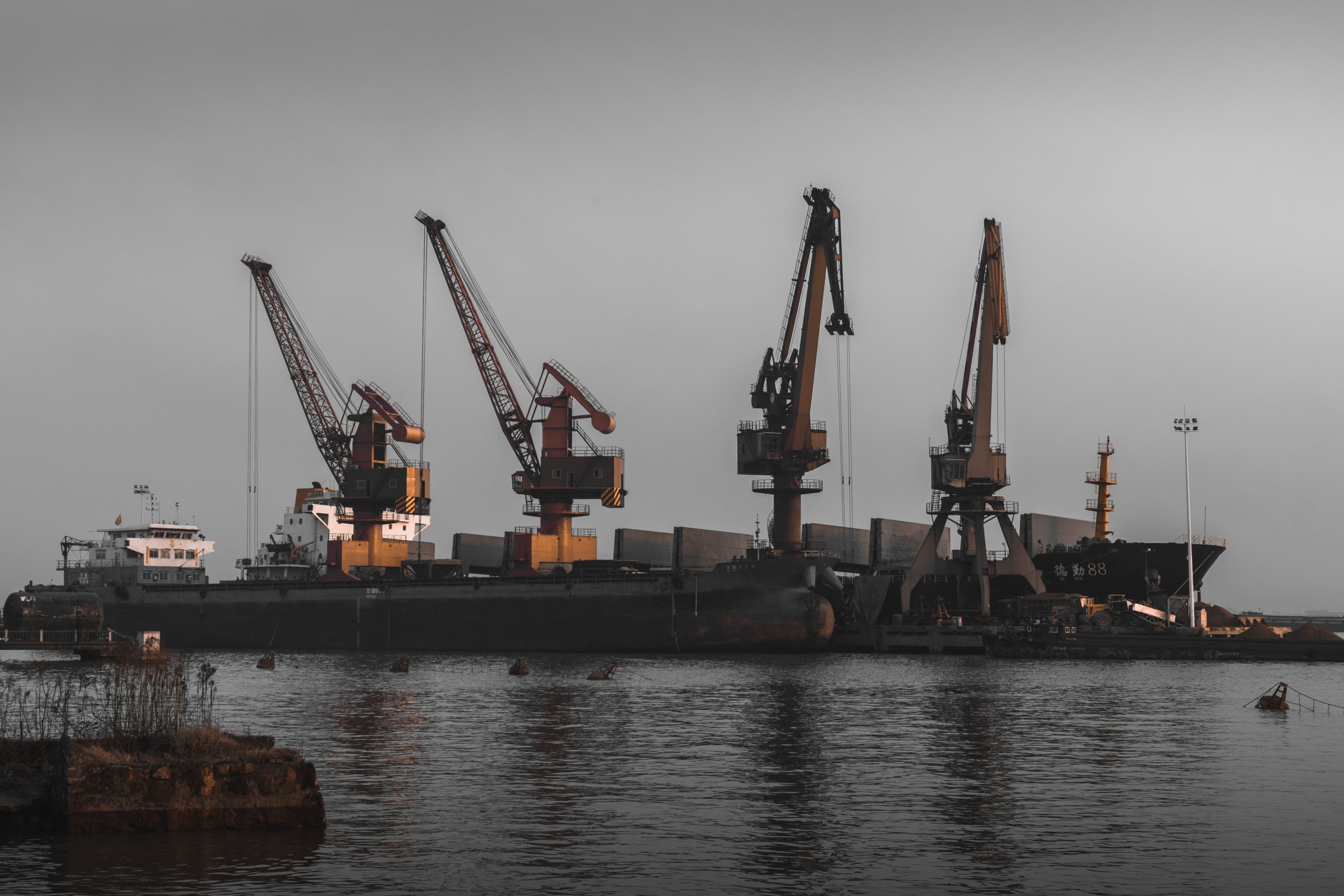Safety is one of the most important considerations when working on vessels of any type or size at sea. Even the calmest sea can hold many hidden dangers that can put vessels and the crews that man them at risk. In the maritime industry, where professionals are responsible for operating large equipment safely and must be able to anticipate and mitigate various challenges, prioritising safety is crucial for both the wellbeing of the crew and the protection of the vessel, cargo and equipment.
With so much at stake, it is hardly surprising that the maritime industry as a whole has invested billions into developing safety measures, equipment and procedures designed to ensure safe operation at sea. Sadly, many of these developments are the result of adverse events that have sometimes come with a significant human cost as well as a financial one. Many of the safety measures in use today fall into one of a few categories, such as navigation, communication, procedural safety, weather and route management.
Navigation Safety
Navigating the oceans safely requires the use of advanced tools and equipment, many of which are legally required aboard certain vessels. Global positioning systems (GPS) are a type of navigational technology that enables accurate positioning using satellites. It is considered to be highly accurate and reliable where other means of navigation are unsuitable such as in poor weather.
Radar systems are another form of navigational equipment that make it possible to detect other vessels and obstacles in the water. Electronic charting systems comply with the International Maritime Organization (IMO) regulations, and provide precise route planning, and regular updates to navigational charts.
This means that workers aboard a vessel are always working with accurate, up to date information. Adhering to maritime navigational regulations and guidelines ensures safety on board, and promotes a secure working environment which minimises risks.
Navigational Hazards
Navigating the open seas comes with inherent risks which are usually expected and easy to mitigate, though there are times when a hazard may be present that is difficult to predict. Understanding how these hazards occur and knowing how to mitigate them is a critical skill for anyone working on board a vessel in an operational capacity. Even those who are not directly involved in the piloting of the vessel.
Hazards can be expected and understood, or may be transient and therefore a little harder to predict. Known hazards will be well understood and easily managed by a vessel’s pilot and navigators, though crew will also need to have a thorough understanding of how to identify and work around more unexpected hazards. Often, these safety measures are factored in during the ship design and shipbuilding stages, meaning that safety measures are baked into the process from the very start
Submerged rocks, reefs, and sandbars can pose significant dangers to vessels that are not expecting to encounter them. Careful analysis of navigational charts and updates from reliable sources is essential to identify and avoid these hazards as they are predictable and stationery. These days, they are not as much of a problem because they are well understood and easy to identify on charts.
Navigating a vessel of any type of size in coastal waters offers additional challenges, including varying currents, strong tides and weather conditions that may change rapidly. Mariners must remain vigilant when navigating coastal waters, being sure to consult weather charts, local information on tides and currents and having an awareness of the unique characteristics of the coast.
Communication Safety
Effective communication plays a significant role in maritime operations and is one of the most highly regulated aspects of the maritime industry. There are several different means of communication that are common aboard commercial and industrial vessels, some of which are legally required, while others provide a useful alternative or backup.
VHF radios facilitate short-range communication, while satellite phones ensure long-range and remote area connectivity, both of which are important for ensuring straightforward communication in a range of situations. Emergency position indicating radio beacons (EPIRBs) and personal locator beacons (PLBs) serve as distress signalling devices that can be a vital lifeline in the event of an emergency.
Maintaining constant communication with other vessels, seeking onshore support, and being able to reach emergency services when needed is essential. Clear communication protocols and procedures must be established and followed to enhance safety, any vessel in operation must be able to adhere to international and local guidelines depending on their sphere of operation.
